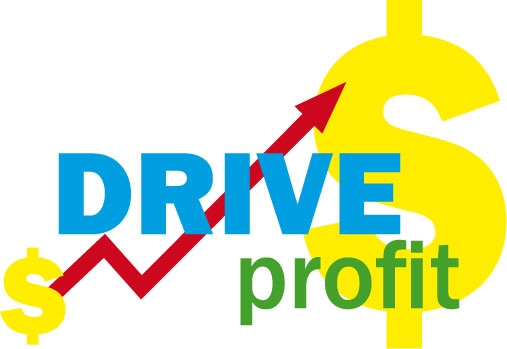(Continued from last month) Discuss, analyse and plan: From time to time, financial articles discuss a major national business which is making losses now, but is planning to make a profit in future by successfully carrying out a number of strategies.
It doesn’t always work, but in many cases future articles describe how the business has emerged stronger.
The directors know there are no silver bullets; they have to plan their way to an acceptable profit if they can.
Primary production (agriculture) is no different. If we’re not making the profit we need now, then we must plan how we are going to make it in the future.
We may need to take that plan to the bank, because we may well need to borrow more money to carry it out.
Need to be ruthless
Then we need to be ruthless. We should not accept losses; we should not accept profits that are less then we need to maintain a dynamic, growing business. We must drive profit.
There is fun to be had in striving, in doing the hard yards. And if a good end is reached after all that, then the victory is sweeter for the effort.
If a good end is not reached; you know the sun will always come up tomorrow. There are too many opportunities in today’s world to let even a largish business setback knock us back.
Planning for success
The reality is that getting back to good profits may not be achievable in one season. But as long as a realistic plan is in place then if it takes three or four seasons there is still an objective to aim for.
Some elements of a recovery plan may include the following:
- Using Table 1 as a guide, determine the equity and capital outflows of the business. This is the minimum operating cash profit required each year.
- Take out the last five years’ Profit & Loss Accounts prepared by your public accountant. In each case add depreciation back to net profit. Do the resulting figures exceed your required target during most years? Each future Profit & Loss account should be judged in the same way.
- What were the main events that influenced lower profit? These may include weather, market prices, pest incursion. Were these avoidable, or controllable? At what point must we stop accepting excuses?
- Are costs reasonable; are they comparable to a good fruit growing business?
- Are marketable yields competitive? Where is the upside for your business? An orchard should have immature plantings that promise crop and income growth in the near future.
- What about your income? For many growers the market sets the price you get. But what factors can you control—such as the quality of fruit that gets into each bin. All you can do is give yourself the best chance of achieving a good price.
Use the services of an adviser
Don’t baulk at using the services of an adviser or accountant for this process. It won’t be a large business cost compared to many others and it enables some objective expertise to assist you prepare a plan.
Conclusion
Profit is the ultimate driver of business strength.
Unless you are going to put more of your own money in, or borrow more, nothing else comes close.
We are doing business in difficult, uncertain times. Despite this, it is imperative for our sustainability that we make an appropriate profit in most years.
This profit must be planned, it must be driven. The days are gone where we can let events dictate to us. We need to be in control: we need to analyse the detail behind our performance—then we must make sound business decisions to ensure an appropriate profit stream.
Anything less will take the business through a slow decline.
For more information, see Tree Fruit, January 2013






















